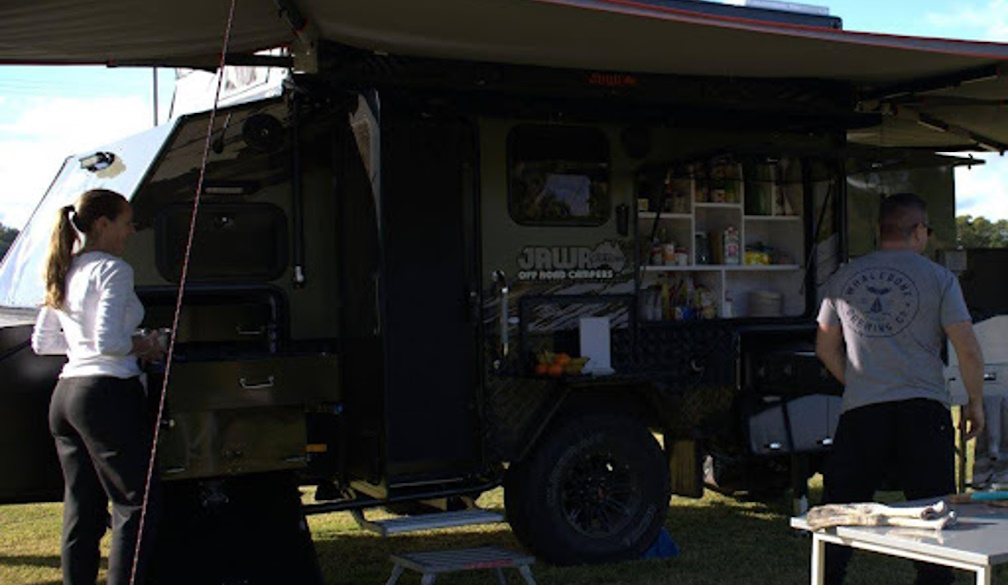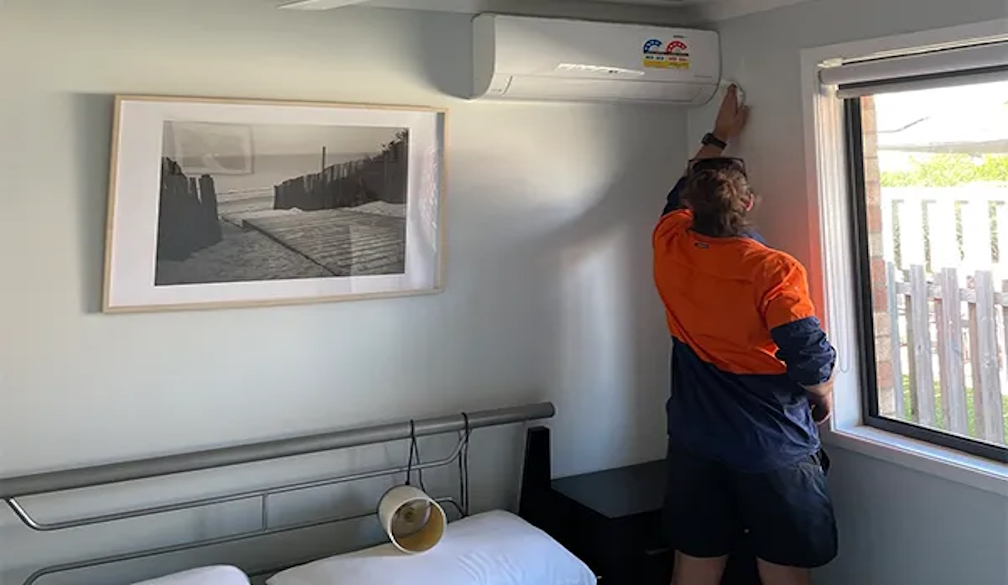Truck drivers still aren't paid for all the work they do, leading to fatigue on our roads
- Written by Ann Williamson, Professor of Aviation Safety, UNSW
More than a year after the Road Safety Remuneration Tribunal (RSRT) was abolished, truck drivers are still likely to be working hours they are not paid for. Surveys show this lack of pay and regulation leads to dangerous fatigue.
Truck drivers are often paid based on productivity. Five large surveys of Australian long distance truck drivers all show that around two-thirds of these drivers were paid by the amount of work they did: by trip or load.
Most drivers also did non-driving work like loading and waiting, but only a minority were paid for it. This goes for both employees and owner-drivers.
Read more: Controversial history of Road Safety Tribunal shows minimum pay was doomed from the start
Remuneration like this creates an incentive to keep driving and get the job done as quickly as possible, and there is good evidence that this occurs. Drivers paid by productivity worked longer hours (many over the legal limit of 72 hours per week) and were significantly more likely to experience fatigue and report near misses or dangerous events while driving.
Analysis shows that productivity-based payments are associated with recognised unsafe work practices including longer hours of driving, fewer rest breaks, increased fatigue-related driving, and greater propensity to speed or use stimulants.
There are fewer studies of remuneration and crashes, but a US study showed that payment by percentage of revenue increased crashes significantly. Drivers paid in this way tended to drive more miles and carry more loads to compensate for any empty or low-revenue loads.
An Australian study confirmed this, with empty loads and driving for more than four hours without a break, doubling the risk of crashing. Driving between the hours of midnight and 6am also increasing crash risk two to three times.
The consistency of this evidence suggests the way truck drivers in Australia are paid is inconsistent with safety on our roads.
There are safeguards to moderate a focus solely on productivity but these are not very effective. Legislation requires all parties in the road transport supply chain to take reasonable steps to prevent breaches of road transport laws. Despite its initial introduction in NSW in 2005, this has had little impact on industry practices.
Fatigue regulations limit work hours, mandate rest breaks and are strongly enforced through work diaries. But these rules are inadequate and provide little protection to drivers.
Our regulations allow longer hours of work per week and require less rest than other similar countries.
More importantly, our work-rest limits do not allow time for sufficient sleep.
The regulations only require seven hours of continuous rest from work in any 24 hours, which can be taken at any time. This is insufficient time to obtain the recommended seven to eight hours sleep, as well as attend to other daily needs like meals. This is especially true if rest is taken in the daytime, as it is harder to obtain good quality rest in the daytime.
Drivers can legally do six days like this before taking a required 24 hour continuous break. These rules cannot manage fatigue and, in practice, condone the focus on only productivity, in the industry.
Read more: Don't just blame the driver – there's more than one cause of fatal truck crashes
Unravelling the relationship between remuneration and safety to reduce the productivity focus in this industry is not an easy task.
However if we ignore the problem it will continue to get worse. Heavy trucks are disproportionately involved in fatal crashes on our roads and the trucking industry represents the highest number of work-related fatalities across all industries in Australia.
The solution is to reduce productivity incentives, so it’s not at the expense of safety and efficiency. This means ensuring that freight operations pay for all work including loading, waiting and any other work activity.
Maximum hours of work and required rest periods should be made consistent with good fatigue management. We know enough about fatigue management to do this now.
Authors: Ann Williamson, Professor of Aviation Safety, UNSW


















